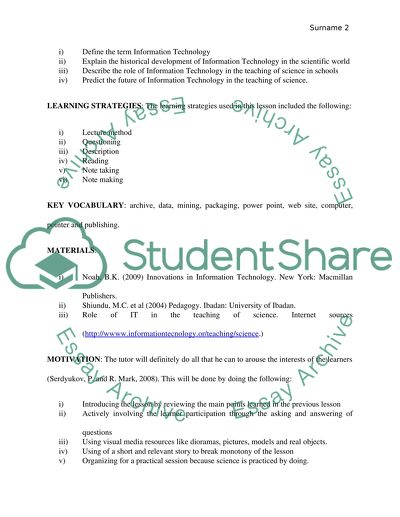Learning diversity and authentic assessment tools Essay. Retrieved from https://studentshare.org/education/1593929-learning-diversity-and-authentic-assessment-tools
Learning Diversity and Authentic Assessment Tools Essay. https://studentshare.org/education/1593929-learning-diversity-and-authentic-assessment-tools.


